Plans for finishing a new cedar deck
davidrmo
17 years ago
Featured Answer
Sort by:Oldest
Comments (11)
shelland
17 years agolast modified: 9 years agoRelated Professionals
Grafton Decks, Patios & Outdoor Enclosures · Lebanon Decks, Patios & Outdoor Enclosures · Westfield Decks, Patios & Outdoor Enclosures · Wildomar Decks, Patios & Outdoor Enclosures · Beavercreek Home Builders · Carnot-Moon Home Builders · South Hill Home Builders · Yorkville Home Builders · Kalispell Flooring Contractors · Kendall West Flooring Contractors · Lewisville Flooring Contractors · Thornton Flooring Contractors · Kirkland Siding & Exteriors · Loveland Siding & Exteriors · Manassas Siding & Exteriorsgorillabuilder
17 years agolast modified: 9 years agopressurepros
17 years agolast modified: 9 years agogorillabuilder
17 years agolast modified: 9 years agogorillabuilder
17 years agolast modified: 9 years agopressurepros
17 years agolast modified: 9 years agodavidrmo
17 years agolast modified: 9 years agopressurepros
17 years agolast modified: 9 years agogorillabuilder
17 years agolast modified: 9 years agopressurepros
17 years agolast modified: 9 years ago
Related Stories

REMODELING GUIDESDesign Dilemma: How Do I Modernize My Cedar Walls?
8 Ways to Give Wood Walls a More Contemporary Look
Full Story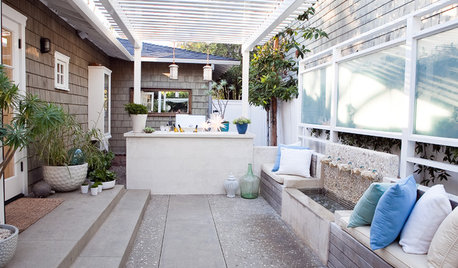
GARDENING AND LANDSCAPINGPlan Your Patio at Summer's End? Yes!
Score fabulous deals for your deck, garden or patio and put your summer experience to good use in upgrading for the future
Full Story
PETS5 Finishes Pets and Kids Can’t Destroy — and 5 to Avoid
Save your sanity and your decorating budget by choosing materials and surfaces that can stand up to abuse
Full Story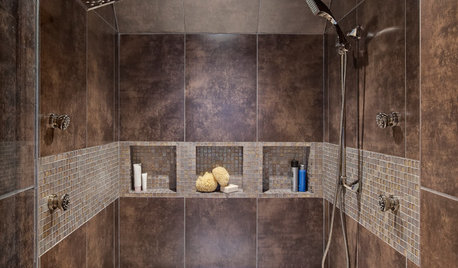
REMODELING GUIDESBathroom Remodel Insight: A Houzz Survey Reveals Homeowners’ Plans
Tub or shower? What finish for your fixtures? Find out what bathroom features are popular — and the differences by age group
Full Story
GARDENING GUIDESWhat Are Your Spring Gardening Plans?
Tearing out the lawn? Planting edibles? Starting from scratch? Tell us what you plan to change in your garden this year
Full Story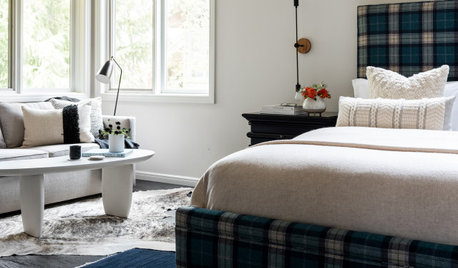
HOUSEKEEPING7-Day Plan: Get a Spotless, Beautifully Organized Bedroom
Create a sanctuary where you can relax and dream without the nightmare of lurking messes
Full Story
ORGANIZING7-Day Plan: Get a Spotless, Beautifully Organized Home Office
Start your workday with a smile in a home office that’s neat, clean and special to you
Full Story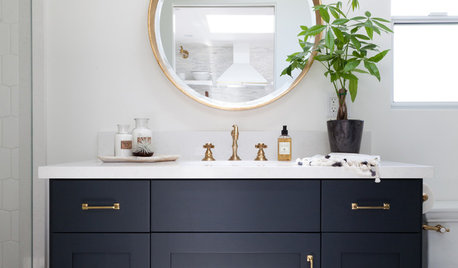
BATHROOM DESIGNA Crash Course in Bathroom Faucet Finishes
Learn the pros and cons of 9 popular faucet finishes
Full Story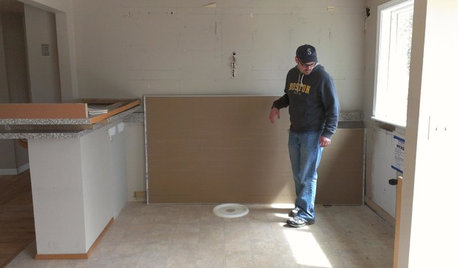
KITCHEN DESIGNStylish New Kitchen, Shoestring Budget: See the Process Start to Finish
For less than $13,000 total — and in 34 days — a hardworking family builds a kitchen to be proud of
Full Story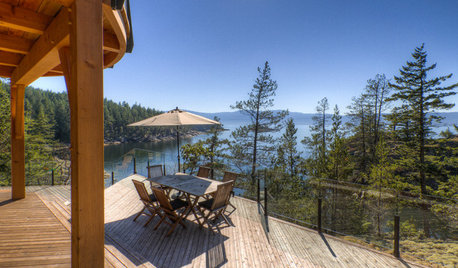
DECKSDecking Materials Beyond Basic Lumber
Learn about softwoods, tropical hardwoods, composites and more for decks, including pros, cons and costs
Full StoryMore Discussions






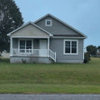
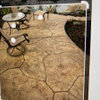


pressurepros